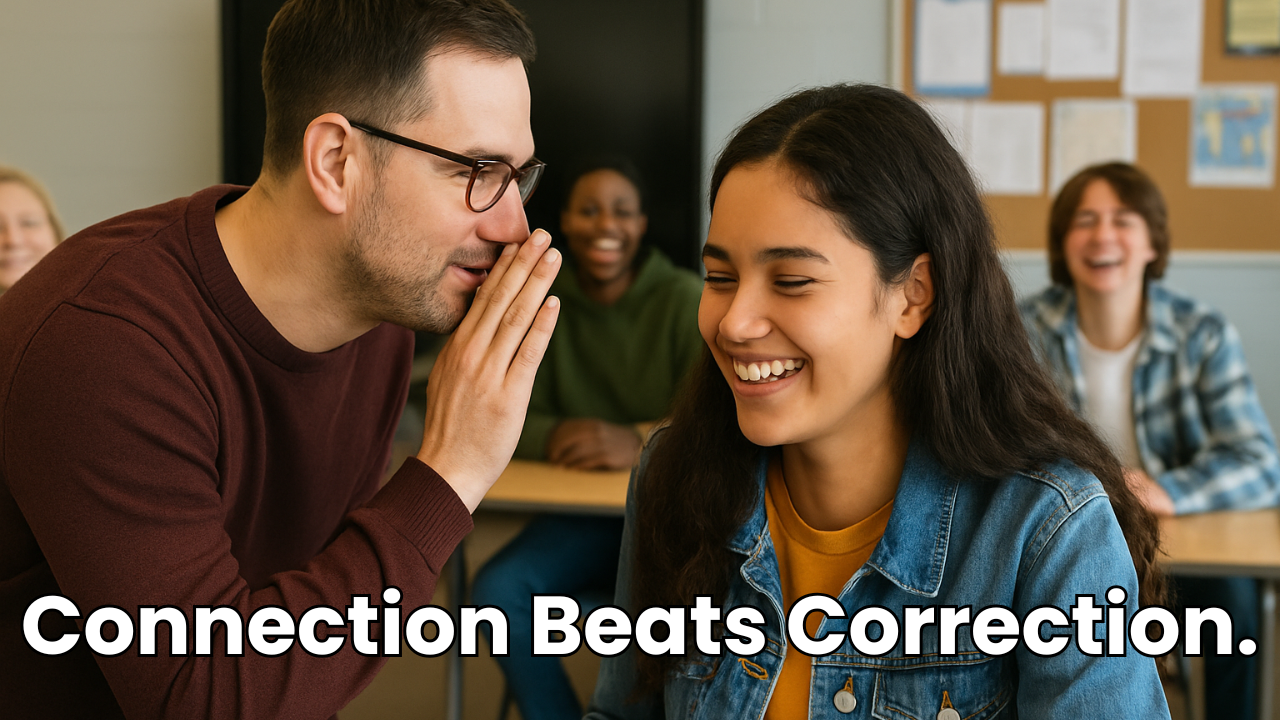
Today, let's dive into the world of comprehensible input, a cornerstone concept in modern language teaching.
The Evolution of Comprehensible Input
The journey of comprehensible input in language teaching has been remarkable.
When I started teaching Spanish in 2001, TPRS (Total Physical Response Storytelling) was the primary method linked to comprehensible input.
TPRS evolved from the classic TPR (Total Physical Response) and was heavily influenced by Stephen Krashen's theory of second language acquisition.
This theory forms the bedrock of various teaching techniques under the comprehensible input umbrella.
Krashen's Five Hypotheses
Krashen's theory is built on five key hypotheses:
- The Input Hypothesis: This posits that language acquisition occurs when learners are exposed to language slightly above their current level of proficiency, ensuring growth.
- Learning vs. Acquisition: There's a distinction between learning a language (a more conscious, study-based approach) and acquiring it (a natural, intuitive process).
- The Affective Filter Hypothesis: Stress or anxiety can raise the 'affective filter' and hinder language acquisition. A relaxed, stress-free environment is crucial for effective learning.
- The Monitor Hypothesis: This deals with the role of conscious learning in language use. While grammar rules can be taught, their application in real-time conversation is often limited.
- The Natural Order Hypothesis: Languages are acquired in a predictable order, which cannot be altered by direct instruction.
Implementing Comprehensible Input in the Classroom
Comprehension Checks
To ensure that input is not just comprehensible but also comprehended, frequent comprehension checks are essential. These checks should cater to all students, especially the slower processors. If they understand, it's likely that everyone does.
Sheltering Vocabulary
Limiting vocabulary to what is easily comprehensible for students is key. This doesn't mean avoiding new words but rather focusing on a core set of vocabulary and gradually expanding it.
Full Language Exposure
Exposing students to the full range of grammatical structures from the beginning is important. This approach mirrors natural language acquisition, where the brain sorts and acquires language in its inherent order.
Conclusion: Embracing Comprehensible Input
As language educators, our goal is to create an environment where students can naturally acquire the language. This means providing rich, comprehensible input and fostering a stress-free learning atmosphere.
Remember, language acquisition is a journey, not a race. It's about guiding our students through a process that mirrors how they learned their first language.



